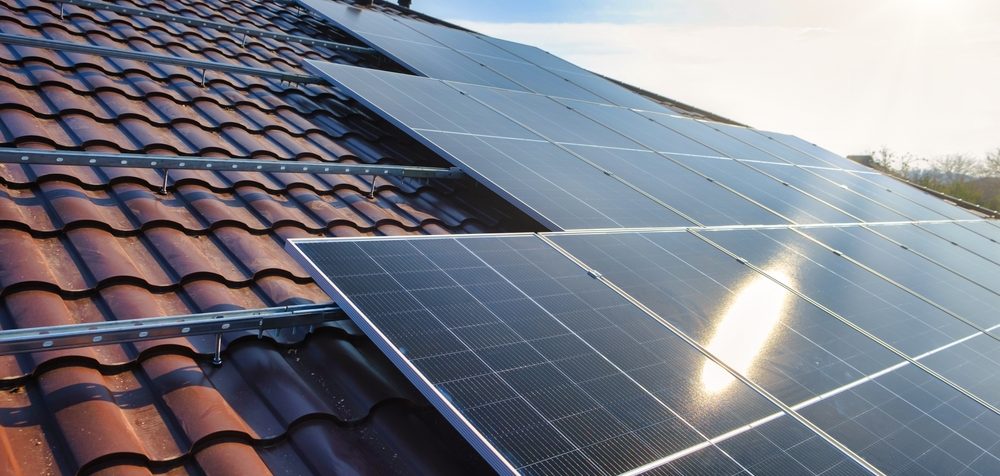
Researchers at the University of Surrey – working with colleagues at the University of Cambridge, the Chinese Academy of Sciences, Xidian University, and Zhengzhou University, China – have developed a new, efficient, and affordable dual-faced solar panel that could reduce prices by up to 70%.
“We have produced arguably the highest efficiency single junction solar cell to date. Our panels cost 70% less to make than a normal one-sided solar panel. This could significantly modify the market and simplify the architectures required based on perovskite solar cells,” Professor Ravi Silva, head of NanoElectronics Centre and Director, Advanced Technology Institute (ATI), stated.
The panels are constructed of flexible perovskite panels and have electrodes composed of carbon nanotubes measuring just 2.2 nanometres across. Using the single-walled carbon nanotubes for both front and back electrodes, they were able to produce over 36 mW per square centimeter, with the back panel yielding nearly 97% of the power generated by the front panel. The majority of bifacial panels currently on the market typically exhibit efficiency rates ranging from 75% to 95%.
“Our bifacial cells can harvest sunlight from both front and back panels. This generates more energy and depends less on which angle the light hits them,” said Dr. Jing Zhang, a Research Fellow at the University of Surrey. “The carbon nanotubes we use are very transparent and conduct electricity well. They have the potential to bring clean power within reach for millions of people. We look forward to seeing how our invention will be used.”
